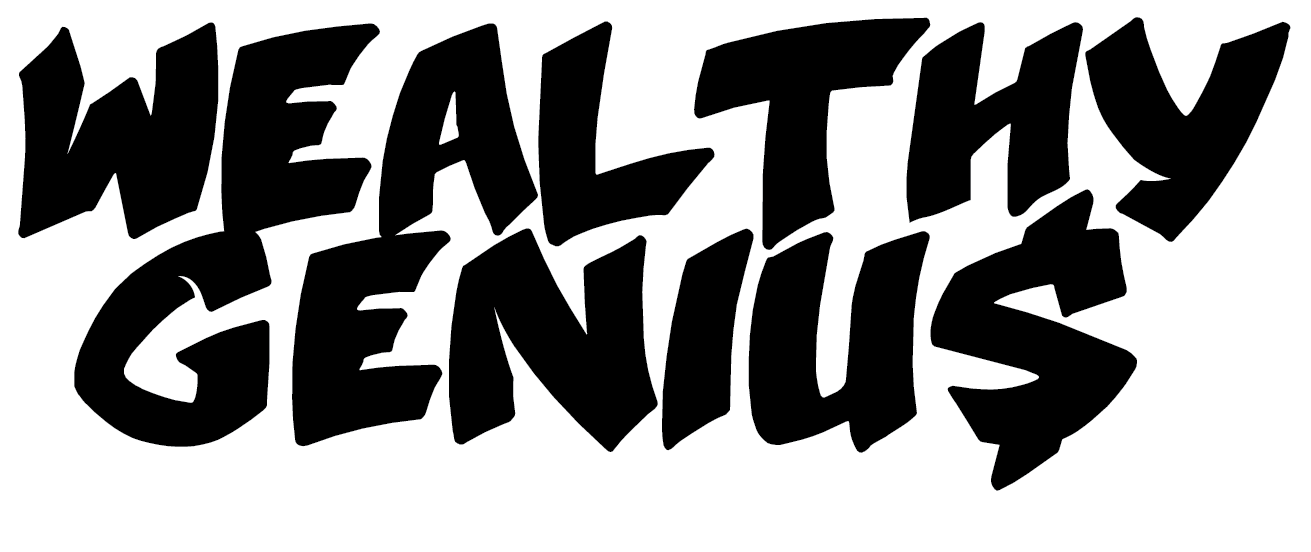Roger Federer, one of the most successful and beloved tennis players of all time, is also a financial powerhouse. As of 2025, Federer’s estimated net worth is approximately $1.1 billion, a remarkable feat for any athlete. His wealth has been accumulated through a combination of prize money, lucrative endorsement deals, business ventures, and strategic investments.
Beyond his tennis career, Federer has carefully crafted a portfolio that allows him to continue earning substantial income after his retirement from professional sports. This study provides a detailed projection of Federer’s net worth in 2026, using realistic financial assumptions based on publicly available data.
Key Financial Sources
1. Prize Money and Tennis Earnings
Roger Federer’s prize money over his career amounts to $131 million, ranking him among the highest-earning tennis players in history. While this sum represents a significant portion of his wealth, it is far overshadowed by his endorsement earnings and business ventures.
2. Endorsements and Brand Partnerships
Federer’s long list of brand endorsements, including partnerships with companies like Uniqlo, Rolex, and Wilson, has been the cornerstone of his financial success. Over his career, Federer has earned over $1 billion in endorsement deals, making him one of the most marketable athletes in the world.
- Endorsement Earnings (Ongoing): Even after retiring from professional tennis, Federer continues to earn substantial income from these endorsement deals. His brand deals generate $40 million annually, reflecting his continued prominence in the world of sports and business.
3. Equity Stake in On Holding AG
Federer’s smart investment strategy includes a 3% equity stake in On Holding AG, a Swiss sportswear company. This stake is valued at $375 million as of 2025, adding significant value to his overall net worth. His involvement with On has been both financially rewarding and aligned with his brand image, further cementing his status as a savvy businessman.
4. Business Ventures and Investments
In addition to On Holding, Federer has invested in a variety of business ventures, including real estate and private equity. His investments provide a steady source of passive income and capital growth. With a diversified portfolio of investments, Federer has positioned himself for sustained wealth even in retirement.
5. Lifestyle and Philanthropy
Federer is known for his philanthropic endeavors, particularly through the Roger Federer Foundation, which supports education in southern Africa. His lifestyle expenses are substantial, as he maintains multiple luxury residences and travels globally for business and personal commitments. However, his disciplined approach to wealth management ensures that his spending does not outpace his income.
2026 Hypothetical Net Worth Projection
Based on Federer’s financial trajectory, we can project his net worth for 2026 by estimating his gross income, fees, taxes, lifestyle expenses, and investment gains. Here’s a breakdown of the methodology:
1. Gross Income Estimate (2025–2026)
Federer’s primary income sources after retirement will come from endorsements, royalties, and business investments. We estimate his gross income for 2025 at $40 million, primarily from ongoing brand partnerships, returns on investments, and dividends from his equity stake in On Holding AG.
2. Professional Fees and Legal/Publicist Costs
While Federer’s professional fees will be significantly lower compared to his active playing days, they remain relevant given the continued management of his brand and business ventures. We estimate his professional fees (including agents, managers, and publicists) to be around 12% of his gross income:
- Professional fees: $40 million × 12% = $4.8 million
3. Taxation
Federer’s international wealth, including endorsement income and dividends, will be subject to various taxes. We estimate an effective tax rate of 30% after considering tax planning strategies, international income tax treaties, and deductions:
- Taxable income after fees: $40 million – $4.8 million = $35.2 million
- Taxes paid: $35.2 million × 30% = $10.56 million
4. Lifestyle and Philanthropy Expenses
Federer’s lifestyle expenses are substantial, including his luxury residences in Switzerland, Dubai, and other locations, as well as his philanthropic contributions through the Roger Federer Foundation. We estimate his annual expenses related to lifestyle and philanthropy at $5 million.
5. Investment Gains
Federer has a substantial portfolio of investable assets, including his stake in On Holding AG, real estate, and other private equity holdings. Assuming a conservative 5% annual return on his $700 million investable assets (including his stake in On Holding), Federer can expect a gain of:
- Investment gains: $700 million × 5% = $35 million
Net Worth Calculation Summary (2026 Projection)
| Description | Amount (USD) |
|---|---|
| Starting Net Worth (2025) | $1,100,000,000 |
| Gross Income (2025) | $40,000,000 |
| Less Professional Fees (12%) | $4,800,000 |
| Income After Fees | $35,200,000 |
| Less Taxes (30%) | $10,560,000 |
| Income After Taxes | $24,640,000 |
| Less Lifestyle & Philanthropy | $5,000,000 |
| Investment Gains | $35,000,000 |
| Net Worth Increase | $24,640,000 – $5,000,000 + $35,000,000 = $54,640,000 |
| Projected Net Worth (End 2026) | $1,154,640,000 |
Educational Insights
Roger Federer’s financial profile exemplifies how strategic brand partnerships, investment in equity stakes, and prudent wealth management can lead to the creation and preservation of substantial wealth, even after an athlete’s active career ends. His ability to diversify income sources beyond his athletic achievements—particularly through endorsements, business ventures, and investments—has allowed him to maintain and grow his wealth in retirement. Federer’s wealth also highlights the importance of long-term financial planning and tax optimization for high-earning public figures.
This projection underscores the significance of diversifying income streams and preserving capital to ensure sustained wealth accumulation, even when the primary source of income (in this case, tennis prize money) has ended. Federer’s financial model can serve as a valuable case study for other athletes, celebrities, and entrepreneurs looking to secure their wealth over the long term.
Sources:

